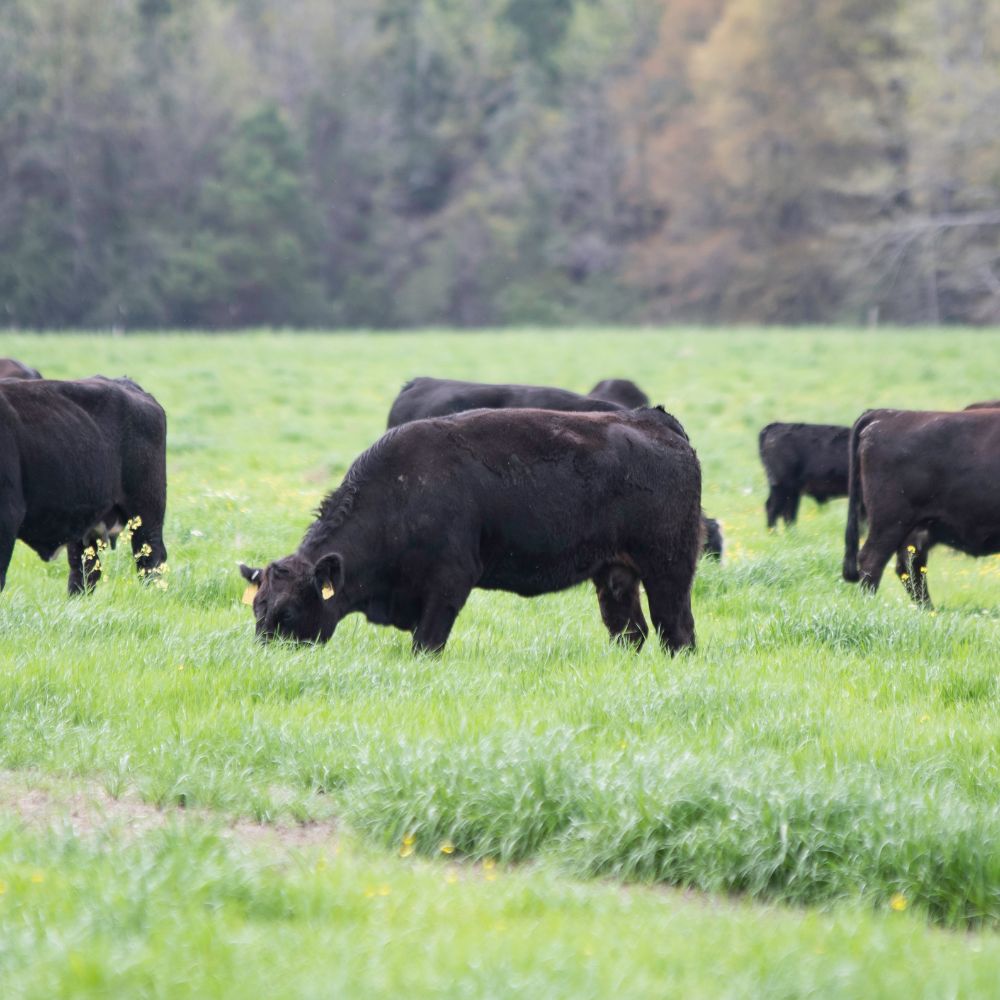Everything about Bagley Risk Management
Table of ContentsAn Unbiased View of Bagley Risk ManagementThe smart Trick of Bagley Risk Management That Nobody is DiscussingHow Bagley Risk Management can Save You Time, Stress, and Money.The Facts About Bagley Risk Management UncoveredSee This Report on Bagley Risk Management
In this manner, if costs do go down below that break-even point by the end day, policyholders are shielded versus a loss. This is very similar to the means feedlots operate, though they make use of a standard bush. Once a breeder agreements their livestock with a feedlot, they hedge those cattle to secure in the earnings point.This will be balanced out by the raised value of the livestock., herdsmans protect against a drop in the futures board, but don't shed out on the greater return when rates go up.
They do this by picking a reduced percent of the projected ending worth - Livestock risk protection calculator. This is an excellent method for those seeking reduced costs prices or who have a higher threat resistance as a result of solid financial health. This strategy may not protect profitability, yet it can shield versus major market decreases
There is not a lot of protection or insurance coverage on a month-to-month basis, yet if there is a severe accident, manufacturers have the comfort that comes from knowing they will just be in charge of a certain quantity expense. Just remember, wish for the best yet get ready for the worst.
How Bagley Risk Management can Save You Time, Stress, and Money.

Feeder livestock can be covered up to a 900-pound expected end weight and fed livestock can be covered up to a 1,400-pound end weight. With several weight courses to choose from, it is feasible to cover animals with the feedlot to the packer rail.
Applications can take a number of days to procedure and just filling one out does not lock the applicant right into a policy. When the application is approved and prepared, the LRP recommendation, with its end date and predicted ending worth, can be secured quickly. This permits ranchers to cover calf bones when the cost is ideal for their market danger administration goals.
Photo Politeness USDA-NRCS Costs for calf bones, feeder livestock and finished livestock have actually established some new records this loss and very early wintertime. A mix of circumstances has sped up these historical rates. There is currently a great deal of mindful optimism for cow-calf manufacturers as they look at the future.
All about Bagley Risk Management

There are some advantages to manufacturers in utilizing LRP insurance policy as compared to a typical feeder cattle agreement or acquisition of an option - What is LRP. One is the flexibility in the variety of livestock that can be guaranteed. There is no lower limitation to the variety of livestock that can be guaranteed
There is no obligation to offer livestock on which you have actually purchased LRP Feeder Cattle protection. You might pick to keep ownership and still be qualified for the indemnity needs to the Actual End Worth drop below your Coverage Cost. You might market livestock covered by LRP any time, provided the transfer of ownership does not occur greater than 60 days before the LRP Agreement End Date.
If cattle perish and your Ag, Danger Consultant is informed within 72 hours of you finding out of the fatality, the coverage remains effectively, and the producer is eligible for indemnities due to cost loss, even on those animals which died. Yes! Calf bones can now be covered prior to hooves hit the ground.
The Facts About Bagley Risk Management Revealed

Action 1) Complete an application. Applications make certain newbie clients can be pre-approved to write an LRP plan It is complimentary! Step 2) Lock in a Special Coverage Recommendation (SCE) when you discover a quote that meets your objectives. There are numerous levels of quotes that are launched day-to-day try this website making this an extremely versatile item that will certainly fit any producer.
We are here for you. With each other, we're better. Together, we'll shield your investment.
With the relentless variation and unpredictability of the market, Animals Risk Security (LRP) is something all livestock producers must take into consideration. The key purpose of LRP is to safeguard against the unforeseen descending rate activity in the industry by establishing a base on any given date and type of cattle you want to insure.
The Bagley Risk Management Ideas
There are a variety of coverage level options varying from 70 to one hundred percent of the anticipated ending value (https://www.cheaperseeker.com/u/bagleyriskmng). At the end of the picked insurance coverage duration, if the real finishing worth is listed below the coverage price, you will be paid an indemnity for the distinction in rate. Manufacturer anticipates to market 1,000 head of 11cwt livestock and chooses protection of $66
As of 2020, LRP (Cattle) is currently available in all states when the market is available. Fed Cattle with finishing weights in between 1,000lbs-1,400 lbs that will be marketed for slaughter near the end of the insurance coverage duration.